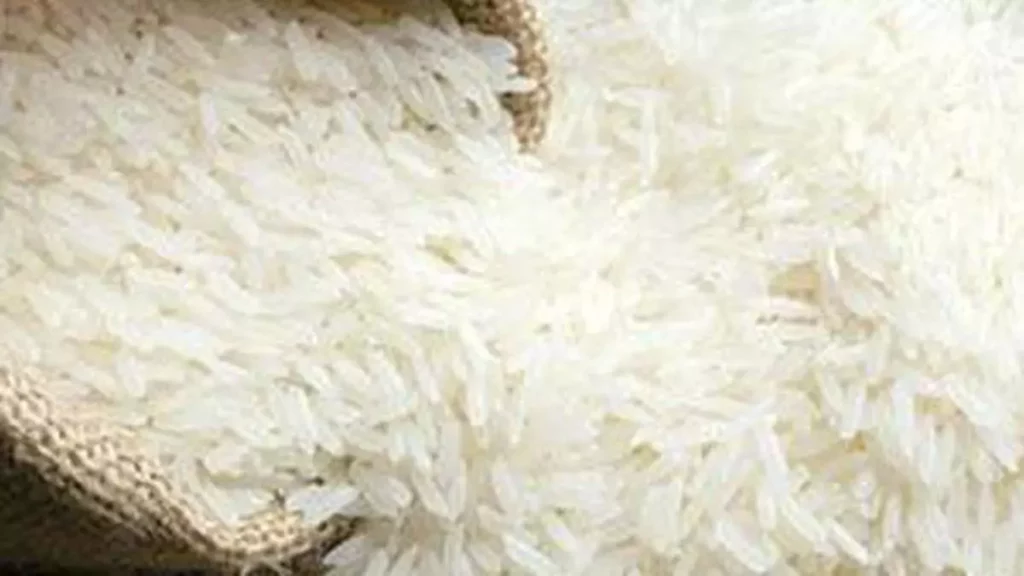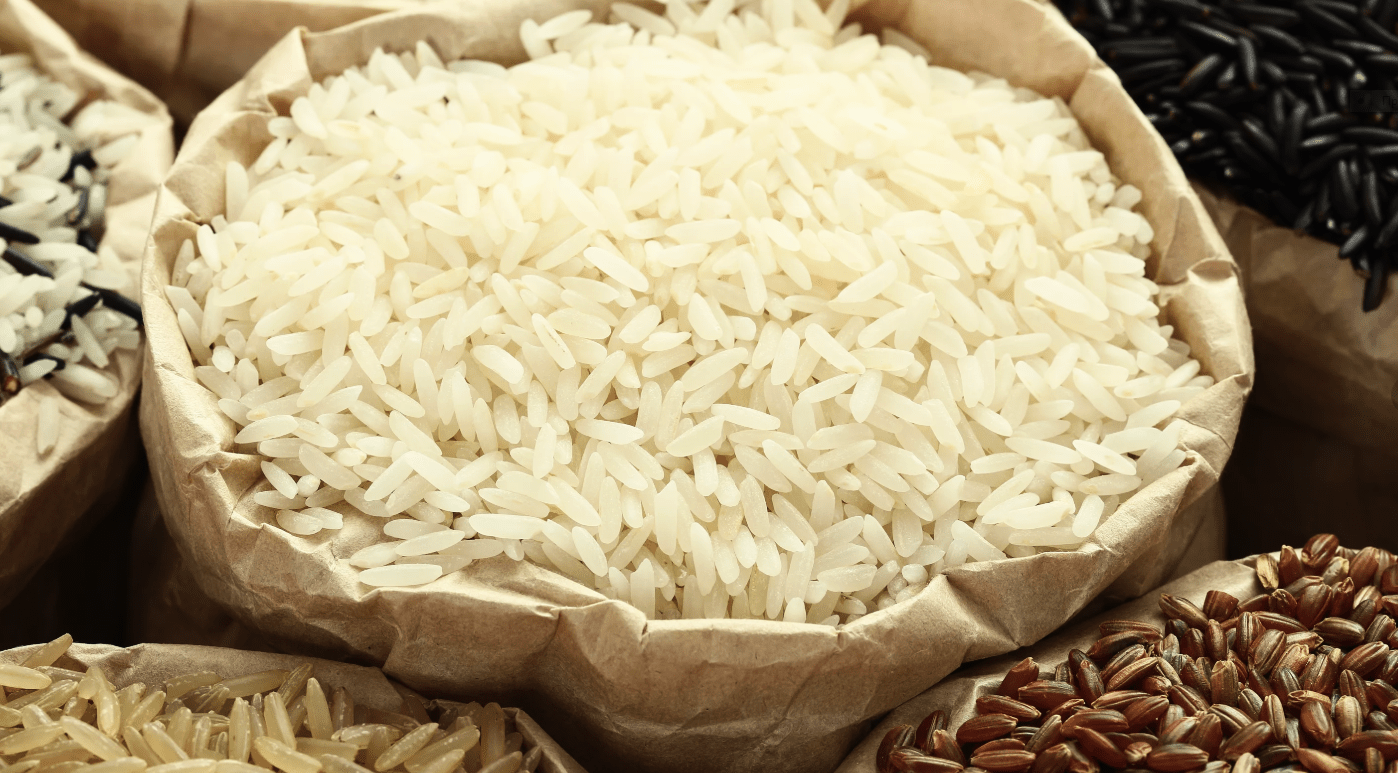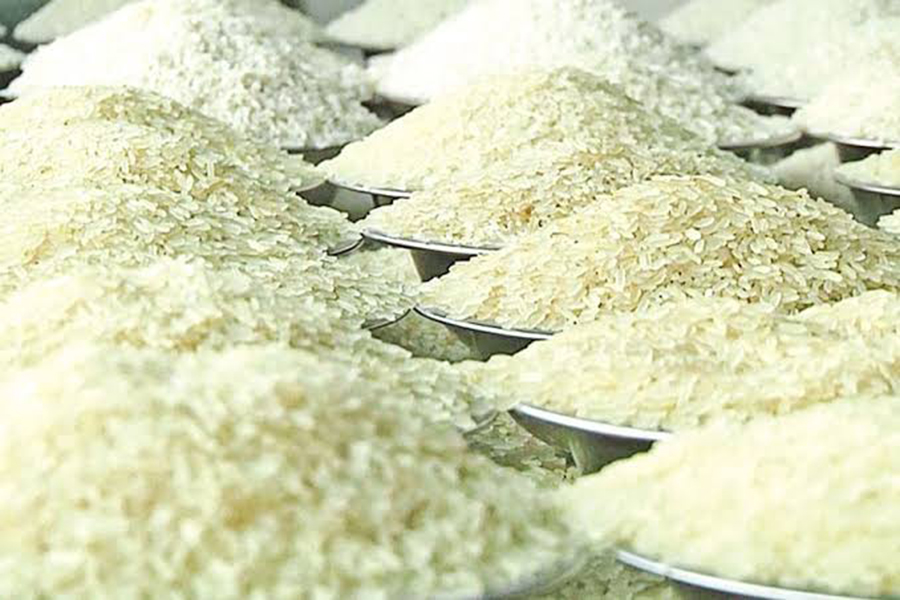Tags
Global rice prices likely to rule firm until mid-2024
India’s export curbs may last till May; El Nino to support uptrend

Rice prices in the global market are likely to rule firm until mid-2024 with India’s export curbs expected to last, at least, until Parliament elections, scheduled in April-May 2024, and El Nino risks supporting the uptrend, analysts and exports say.
“It is our view that India’s rice export restrictions will remain in effect until after the April-May legislative elections at the earliest, which will support prices at recent levels as will El Niño risks,” said research agency BMI, a unit of Fitch Solutions.
3rd consecutive deficit
According to the Food and Agriculture Organisation’s Cereal Supply and Demand Brief, the international trade in rice in 2024 (January-December) will likely be 52.8 million tonnes (mt), close to the 2023 reduced level.
This is in view of “lower foreseen purchases, namely from Indonesia and various Eastern African countries, could offset likely import increases by few Far-Eastern importers, the European Union and various Latin American countries,” the brief said.
BMI said: “We forecast that the global rice sector will generate its third consecutive deficit in 2023-24, albeit one less than half the size of the estimated 2022-23 shortfall.”
Nonetheless, the world stocks-to-forecasted-consumption ratio is set to remain higher than 30 per cent. “We hold unchanged at $16.80 per cwt (centum weight or quintal also known as hundredweight) our average rice price forecast for 2023,” it said.
Price forecast
BMI has made an upward revision of the rice price forecast from $15.50 per cwt to $15.95 per cwt to its average price forecast for CBOT-listed second-month rough rice futures in 2024.
Analysts and traders in India say rice prices in the global market will likely be firm as apart from New Delhi’s export curbs, the Thailand Cabinet approved a 55 billion baht (₹13,030 crore) scheme for farmers to hold back their paddy for at least five months.
Thailand cooperatives have been sanctioned loans to buy paddy. Domestic media reported that farmers holding back their produce would be paid 12,000 baht (₹28,450) and an additional 1,500 baht (₹3,550) for storage. The plan is to hold back 3 million tonnes so that domestic prices of the cereal will not surge.
With various weather agencies predicting that El Nino could last until June 2024, they say India might not take a chance to relax export curbs until it is sure that it has ample stocks to meet its domestic food needs.
“Thailand’s production is likely to be lower and countries in South-East Asia such as Indonesia have been affected by El Nino. This will affect rice production and the market could be tight,” said a New Delhi-based analyst.
Market stabilises
The Cereal Supply and Demand Brief of the FAO, an arm of the UN, said aggregate inventories held by importers are seen recovering only modestly from the 2022-23 reduced level next year, as increases would chiefly concern China, Indonesia and the Philippines, outweighing cuts in the combined reserves held by all other importers.
BMI said the world market has stabilised somewhat since India’s mid-July introduction of an immediate ban on non-basmati white rice exports (notwithstanding exemptions made on a government-to-government basis), with the FAO’s All Rice Price Index 2.5 per cent lower in October than its level in August.
India put in place curbs on rice exports from September 2022 by banning broken rice shipments. On July 20 this year, it banned exports of white rice and on August 25, imposed a 20 per cent duty on parboiled rice. It has also fixed $950 a tonne as the minimum export price for Basmati.
Lower kharif output
These measures have been implemented to rein in rising foodgrain prices and on fears that rice production could be lower during the kharif season. According to the Ministry of Agriculture, rice production this kharif season has been estimated at 106.31 million tonnes against 110.51 million tonnes last kharif.
“Prices remain elevated, however, with the October Index also 24.1 per cent higher than its level of twelve months earlier. In the short term, expected import demand from Indonesia and the Philippines will support prices while crop conditions in north-eastern Thailand, downgraded to poor at the end of October, will continue to be closely monitored too,” the research agency said.
The World Bank Commodity Outlook said its grains price index eased more than 7 per cent in the third quarter of 2023. However, grain prices remained 20 per cent higher than their 2015-2019 average in inflation adjusted terms.
Rice prices in August and September 2023 reached the highest levels since the 2007-08 food price crisis, it said, adding that El Niño-related supply concerns in other major producers and higher demand from countries rushing to ensure rice supplies supported the elevated prices.
With other major producers in South Asia not responding with any export restrictions (except Myanmar, the world’s fifth largest rice exporter, which banned rice exports for 45 days), the August spike in rice prices began to recede in September and early October, the Outlook said.
Stocks to rise in India
BMI said between November 02 and 09, US rice export sales exceeded 200,000 tonnes, their strongest seven-day period since the start of October 2020.
The USDA forecasts that US rice production will increase by more than one-third year-on-year in 2023-24, which the department predicts will lead to a year-on-year increase in export volumes also of one third.
The FAO said: “Largely reflecting upgrades to domestic uses in India, the forecast for world rice utilisation in 2023-24 has been raised by 1.5 million tonnes since October to 522.0 million tonnes.”
The UN arm said world rice reserves at the close of 2023-24 marketing seasons are forecast to recover by 1.5 per cent year-on-year to a peak of 198.9 million tonnes.
However, much of this increase is envisaged to take place in India, where another accumulation, coupled with carry-out recoveries in Pakistan and the United States of America, could overshadow stock drawdowns in all other major rice exporters.
BMI said under the assumption of normalised conditions, our outlook indicates that rice production will flip back to surplus in 2024-25, which will allow for the reaccumulation stocks over the final three seasons of its forecast.
https://www.thehindubusinessline.com/economy/agri-business/global-rice-prices-likely-to-rule-firm-until-mid-2024/article67590642.ecePublished Date: November 30, 2023






